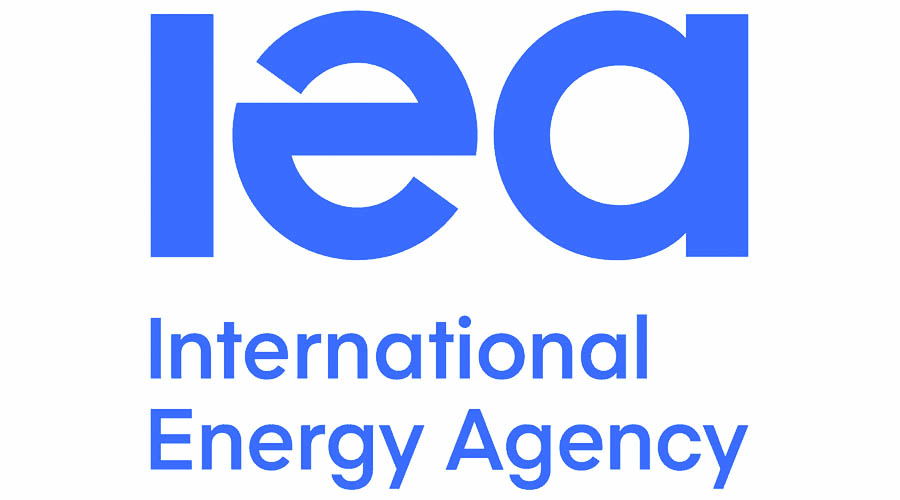Incremental pressure from high-profile international environmental fora and ‘solemn’ promises from the ‘big players’ in the global oil and gas industry to ‘change gears’ failed to yield the desired results in terms of reduced natural gas flaring in 2022, according to the Internal Energy Agency. (IEA). Nor is the IEA betting on the prospect of increasing pressure from environmental organizations and governments to reduce carbon emissions resulting in any meaningful shift from the flaring practice this year.
Having long been clear in its warnings regarding the nexus between gas flaring and climate change, as well as the negative impact of methane from flared gas on human health, unless the flaring practice is curbed quickly, the IEA is not persuaded that its warnings are being taken as seriously as they should be. Gas flaring is the term for burning off the gas which comes out of the ground while drilling for oil.
The World Bank estimates that in 2021 energy companies flared 144 billion cubic metres of gas, putting into the atmosphere the equivalent of over 400 million tonnes of carbon dioxide. According to the Bank’s Global Gas Flaring Tracker Report, Russia, Iraq, Iran, the United States, Venezuela, Algeria, and Nigeria have been responsible for most gas flaring over the past 10 years. Mexico, Libya and China are also regarded as significant contributors to gas flaring.





